
The great eye of Saturn’s moon Mimas, a 130-kilometer-wide (80-mile) impact crater called Herschel, stares out from the battered moon. Credit: NASA/JPL/Space Science Institute; Cassini
Taken by NASA’s Cassini spacecraft, this image reveals the 130-kilometer-wide impact crater on Saturn’s moon Mimas.
The great eye of Saturn’s moon Mimas, a 130-kilometer-wide (80-mile) impact crater called Herschel, stares out from the battered moon. Several individual ringlets within the F ring are resolved here, and the small moon Atlas is also seen faintly outside the main rings.
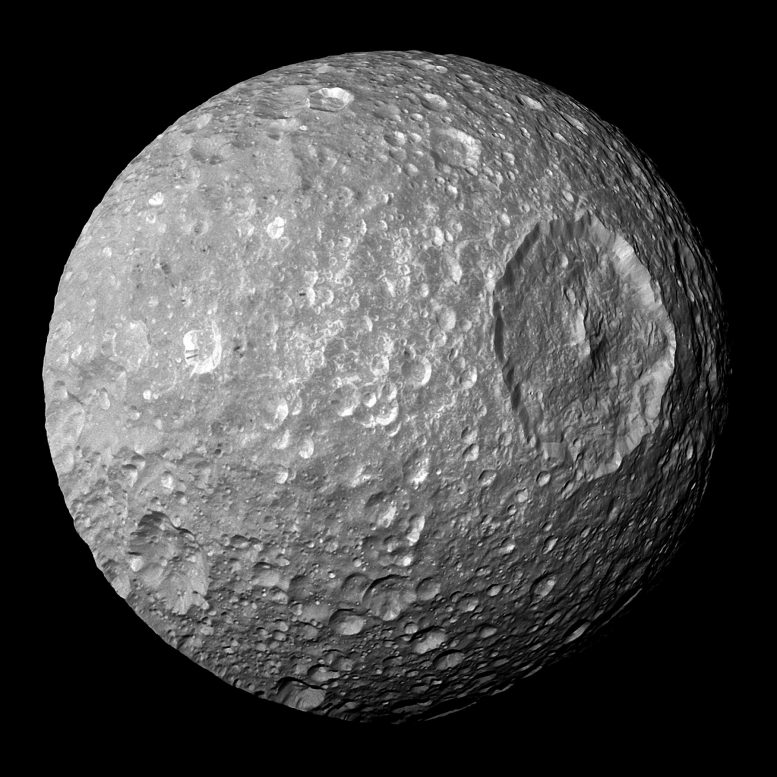
Mimas with its large crater Herschel. Prominent bright-walled craters in this view include Ban just left of center near the top, and Percivale (with several dark streaks) two-thirds of the way left of Herschel. Credit: NASA/JPL/Space Science Institute; Cassini
Mimas is 397 kilometers (247 miles across); the view shows principally the moon’s anti-Saturn hemisphere. Atlas is 32 kilometers (20 miles) across.
The image was taken in visible light with the Cassini spacecraft narrow-angle camera on April 5, 2005, at a distance of approximately 2.1 million kilometers (1.3 million miles) from Mimas and at a Sun-Mimas-spacecraft, or phase, angle of 72 degrees. The image scale is 13 kilometers (8 miles) per pixel.
The Cassini-Huygens mission is a cooperative project of NASA, the European Space Agency, and the Italian Space Agency. The Jet Propulsion Laboratory, a division of the California Institute of Technology in Pasadena, manages the mission for NASA’s Science Mission Directorate, Washington, D.C. The Cassini orbiter and its two onboard cameras were designed, developed, and assembled at JPL. The imaging team is based at the Space Science Institute, Boulder, Colorado.

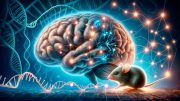
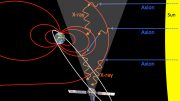


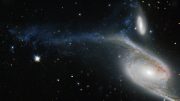
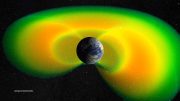
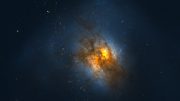
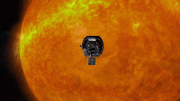
Be the first to comment on "Cassini Views “The Great Eye” of Saturn’s Moon Mimas"